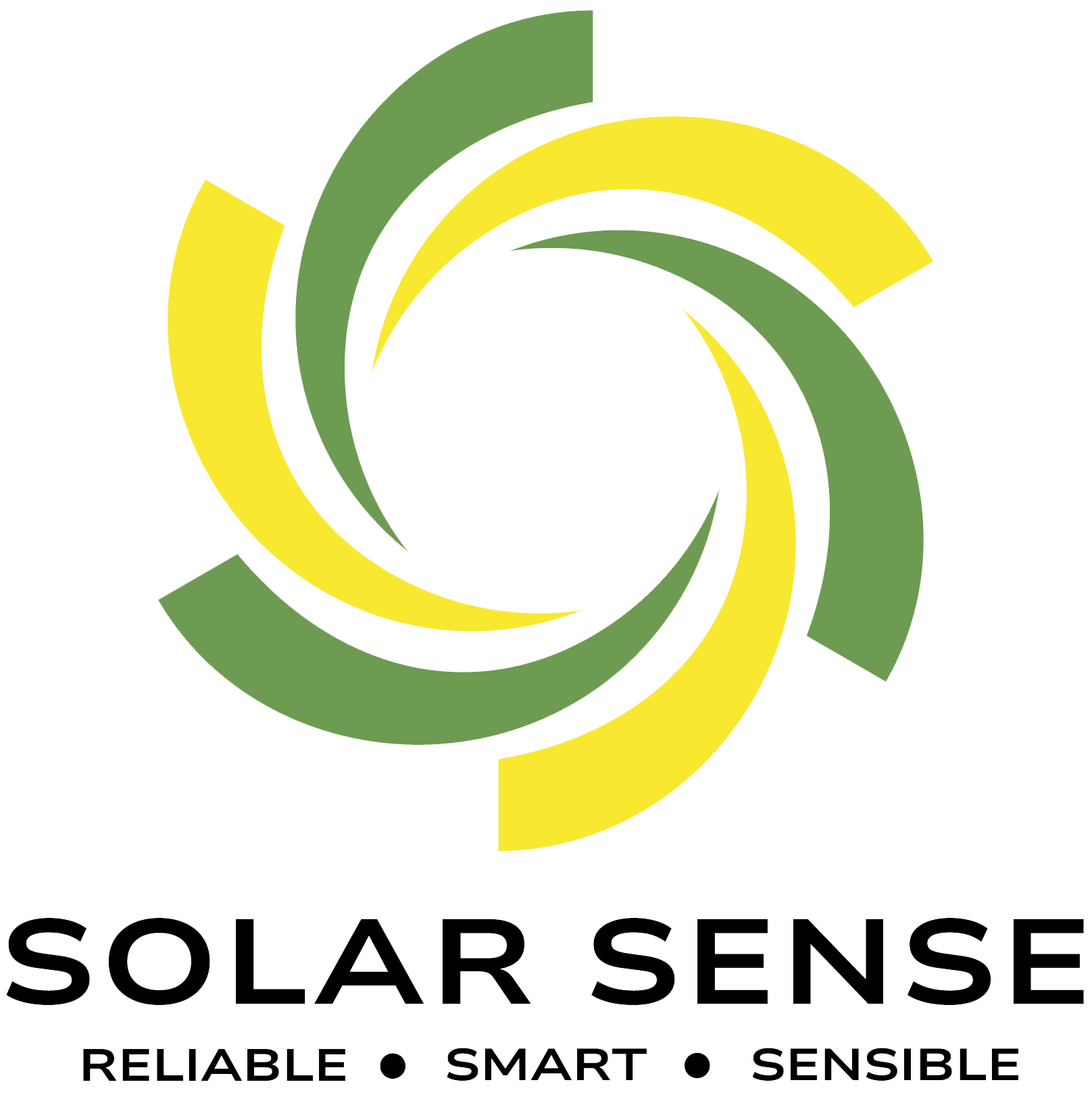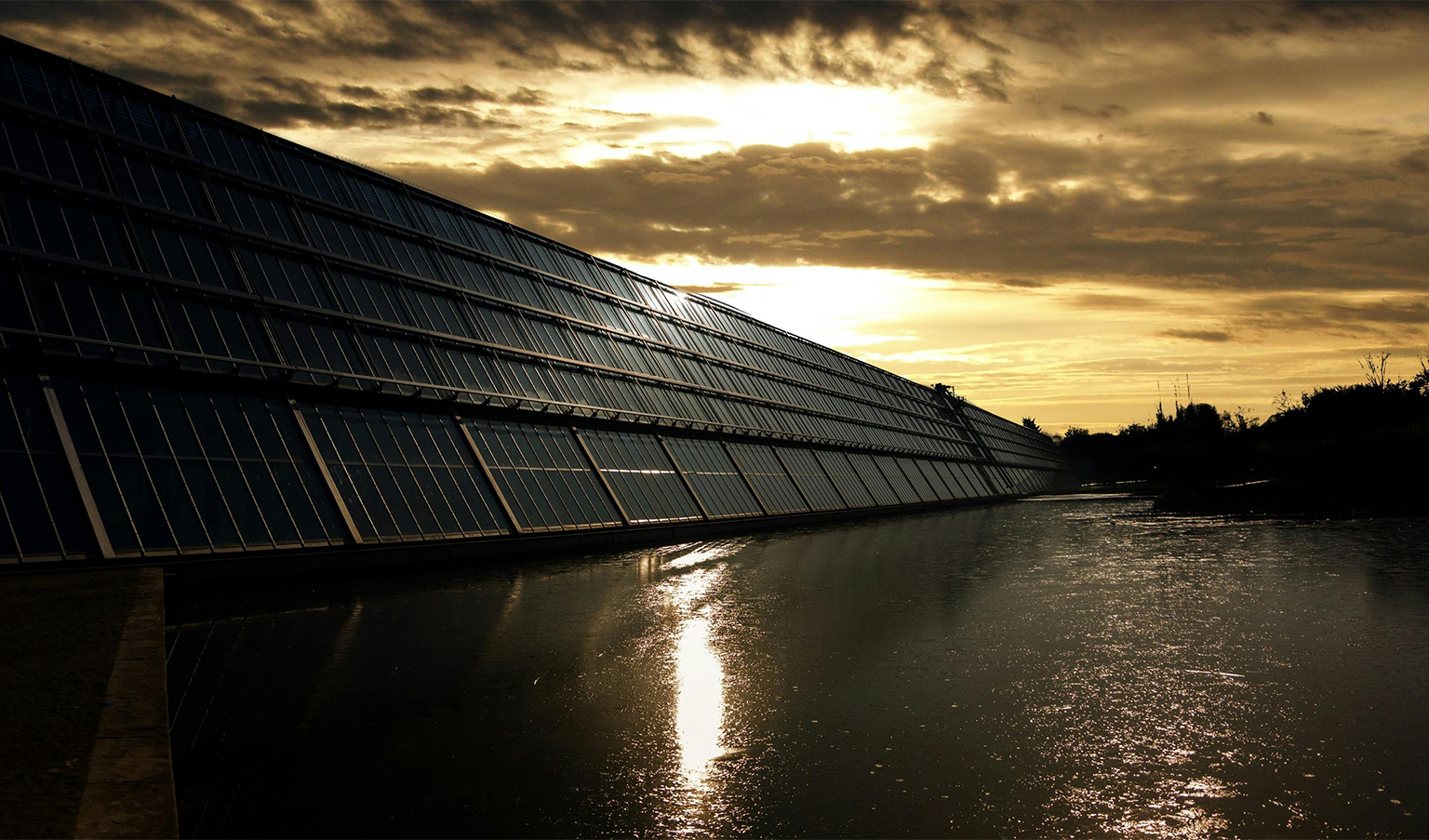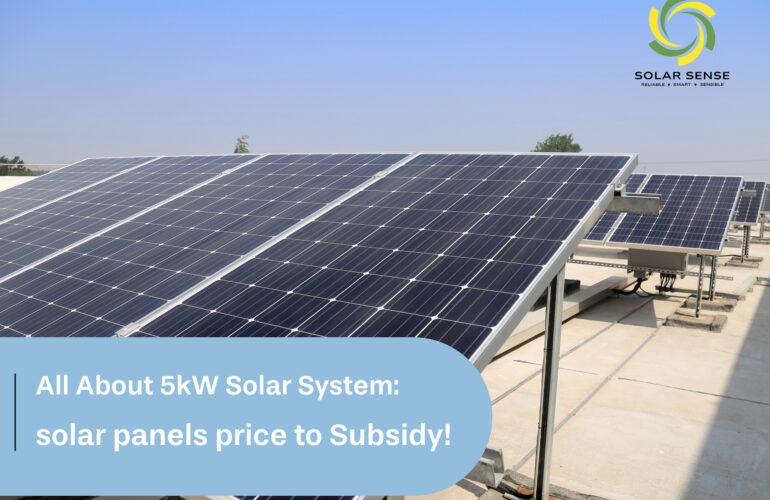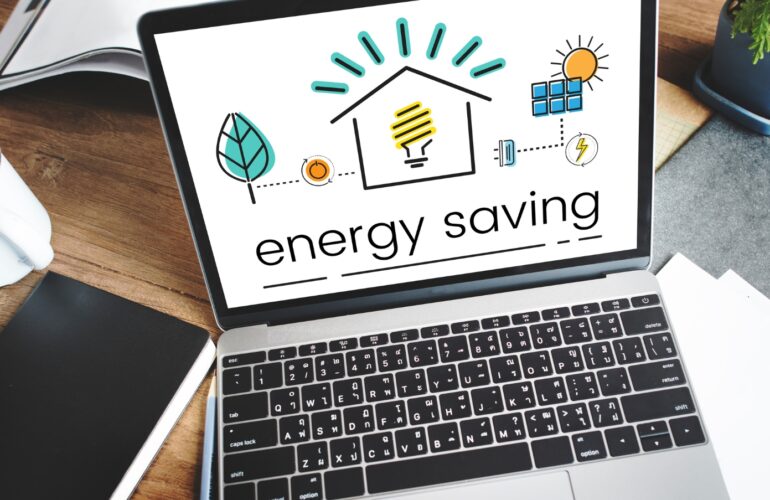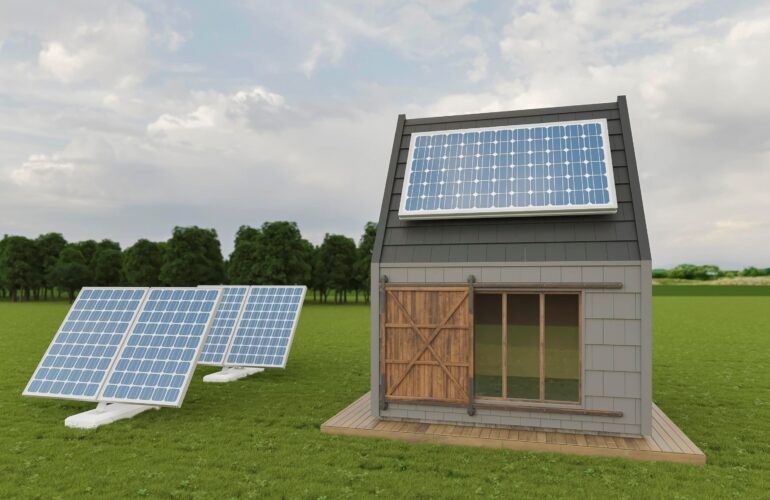Solar, wind, hydro, geothermal energy, and biomass energy constitute proper ways to reduce CO2 emissions and fight climate change. These renewable energy sources naturally produce and exist in abundance as they replenish naturally. An analysis of these categories shows that their importance does not end with environmental enrichment for economic growth, energy security and public health enhancement.
Currently, the world is looking for an alternative energy source to conventional fossil fuels, hence the growing interest and investment in renewable energy sources. US solar and wind energy are generating record power and connecting to the national power grid without affecting sustainability. But not all renewable energy sources are good for the environment as biomass and large hydropower projects create some types of LULC. A brief information on the amount and types of renewable energy and how they can be implemented at home will go a long way in empowering citizens for a better future.
What is renewable energy?
Renewable energy is sustainable, never runs out, and has low or zero carbon emissions. For example, renewable energy sources include wind power, solar power, bioenergy, and hydropower. Burning fossil fuels such as coal, oil, and gas increases greenhouse gas emissions. Renewable energy produces far fewer emissions than fossil fuels, making the transition away from fossil fuels crucial. Renewable energy is now affordable in most countries and creates three times more jobs than fossil fuels.
For heating, transportation, lighting, and other purposes, they have been used for a long time. With innovative and less costly ways to capture and retain wind and solar energy, renewable energy is becoming a more important energy source, accounting for more than 12 percent of U.S. energy production. As renewable energy use continues to grow, the goal is to modernize America’s electricity grid, making it smarter, more secure, and better integrated across sectors.
What does non-renewable energy source mean?
Non-renewable resources, also known as finite resources, are natural substances that cannot be replaced quickly enough to keep up with consumption. For example, fossil fuels, earth minerals, metal ores, and groundwater in certain aquifers. While individual elements conserve, they do not replenish as quickly as they consume. Renewable resources, such as timber and wind, can be replenished naturally or sustainably. Non-renewable energy, such as coal, gas, and oil, is a major source of power for many industries but has negative environmental impacts and limited supply. Non-renewable resources are essential for various industries but have negative environmental impacts and are in short supply.
Types of renewable energy sources?

Solar Energy Source
This source of energy is available freely and is in ample supply; however, the intensity of the sun is variable with regard to geographical location, time of the year, and part of the day.
The solar panel absorbs sunlight to produce electricity through the photovoltaic effect. Solar energy is the most plentiful of all the energy resources and can be used daily and in the worst of weather. Solar technologies produce heat, cooling, natural light, electricity, and fuel for a broad variety of uses.
Since the launch of the first solar panels in the early 2000s, the prices of the panels have come down, which has made solar panels that can be manufactured cheap and, in most cases, the cheapest form of electricity. Distributed systems and utility-scale systems like solar farms and floating solar farms have impacts primarily from transportation and installation. Today, it provides about 3% of electricity generation in the U.S. and 46% of new capacity addition in 2021.
Wind Energy
In the UK and the US, wind energy mainly produces renewable electricity from onshore and offshore wind farms. Onshore and offshore wind farms, as well as freshwater wind farms, involve erecting a series of large wind turbines to convert mechanical energy in the form of motion from the wind into electrical energy. The technical potential of wind energy in the world is much higher than the total world electricity generation, and there is good potential for large-scale deployments, mostly in nearly all geographical areas.
Wind accounts for 9.2% percent of electricity generation in the U.S., and it is among the cheapest sources of energy in the United States. The prospects for offshore wind power are huge, but the construction is complex and costs more initially. Some of these wind turbines participate in the power market, bringing renewable energy into the market.
Hydroelectric energy
Hydropower is also a renewable source of energy that uses the motion of water to produce electricity using underwater turbines. The largest of these non-hydro renewable sources is wind power generation, but it is estimated that in the US, wind power generation will displace the current major player ranked here. Power stations created by mega-dams are usually referred to as non-renewable sources due to their effects on the flow regime. In general, plants with installed capacity are comparatively small, so the environmental impact is not so severe.
Hydropower, one of the commercially developed renewable resources, has the reliability to produce electricity, is easy to store, and is economical in terms of installation. In the renewable energy sector, it is very important because it allows to cover other periods when other technologies do not produce electricity.
Bioenergy energy
Biomass, a renewable fuel source, is used to generate electricity by burning organic matter like plants, timber, and food waste. It produces lower greenhouse gas emissions than fossil fuels like coal, oil, or gas. Biomass is primarily used in rural areas for cooking, lighting, and space heating, particularly by poorer populations in developing countries. However, limited applications should use it due to potential negative environmental impacts, such as deforestation and land-use change.
Some biomass energy sources, like sawdust and chips from sawmills, can be low-carbon under certain circumstances.
Geothermal energy
Geothermal energy uses the Earth’s interior’s thermal energy to generate electricity. Hydrothermal reservoirs, which are naturally hot and permeable, extract it, or enhanced geothermal systems, and heat it with hydraulic stimulation. The technology for electricity generation from hydrothermal reservoirs has been in operation for over 100 years. Geothermal plants typically have low emissions, but there are concerns about increasing earthquake risk in geological hot spots. In the UK, geothermal energy is less important than in Iceland for heating homes or generating electricity.
The Positive Impact of Renewable Energy
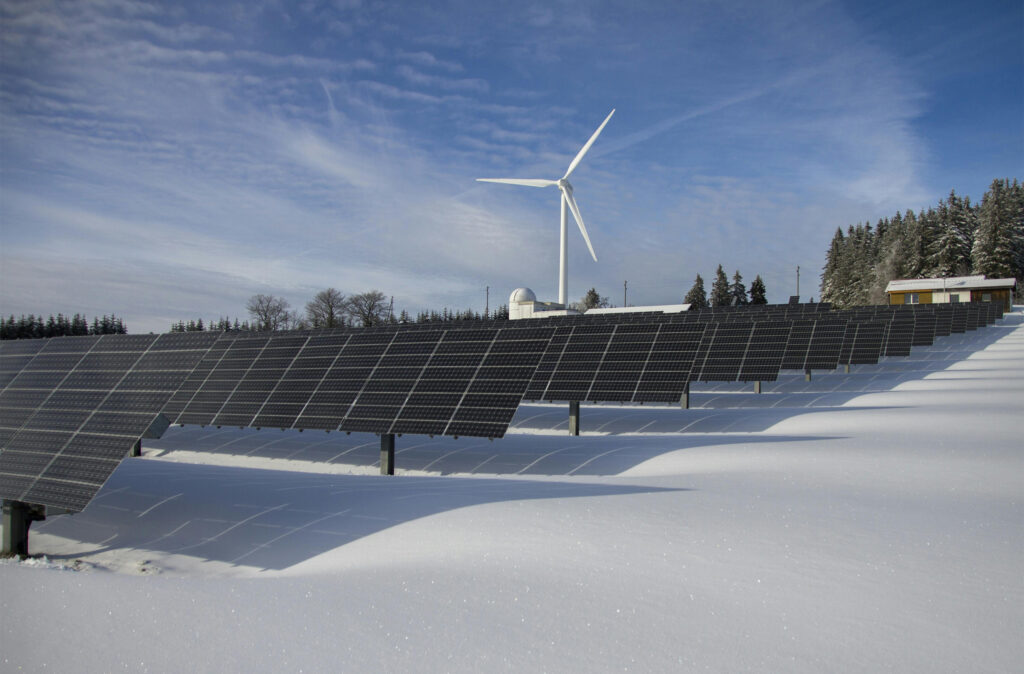
Clean energy sources such as renewables are associated with positive impacts that extend well beyond the generation of clean energy. These benefits can be categorized into three main areas: The three types of risks that stem from the problem described include, Environmental risks, Economic risks, and health risks.
Renewable Energy Impact on Environmental Benefits:
- Potential to reduce greenhouse gas emissions.
- Minimal to no pollution from traditional energy sources.
- Contributes to cleaner air and water quality.
- Conserves natural resources like sunlight and wind.
Renewable Energy Impact on Economic Benefits:
- Drives work opportunities with a wide range of employment growth.
- IRENA disclosed 12 million renewable energy jobs worldwide in 2020.
- Enhances energy independence by reducing dependence on fossil fuels.
- Offers long-term savings by having lower operating and maintenance costs.
- Unaffected by price fluctuations of fossil fuels, making energy costs more predictable and stable.
Renewable Energy Impact on Public Health:
- Better quality of air in relation to the decrease in pollutive emissions from renewable energy resources.
- Immediate effects on the population’s health by lowering the rates of respiratory and cardiovascular illnesses.
- Fewer cases of health-related pollution resulted in decreased health care expenses.
- People will have more and better-paying jobs, and the quality of life will be enhanced, particularly in rural areas.
- Enhanced lanterns, stoves and heating systems affecting education, safety and healthy standards of living.
Renewable Energy in the Home
- Solar power: Small-scale homes can utilize the sun’s rays to power the whole house.
- Geothermal heat pumps: It uses the constant temperature of the earth to cool homes in summer and warm houses in winter.
- Small wind systems: DIY enthusiasts can install wind turbines themselves.
- Selling energy collected: Wind- and solar-powered homes can either stand alone or connect to the larger electrical grid.
- Renewable Energy and You: Calling for the use of renewable energy sources can help bring change towards the use of clean energy. If renewable energy isn’t available through your utility, you can purchase renewable energy certificates to offset your use.
What are the benefits of renewable energy?
Renewable energy sources are crucial for our future due to their rich supply, low emissions, and potential to prevent global warming. Governments worldwide are developing ways to power their nations and meet their net zero goals.
